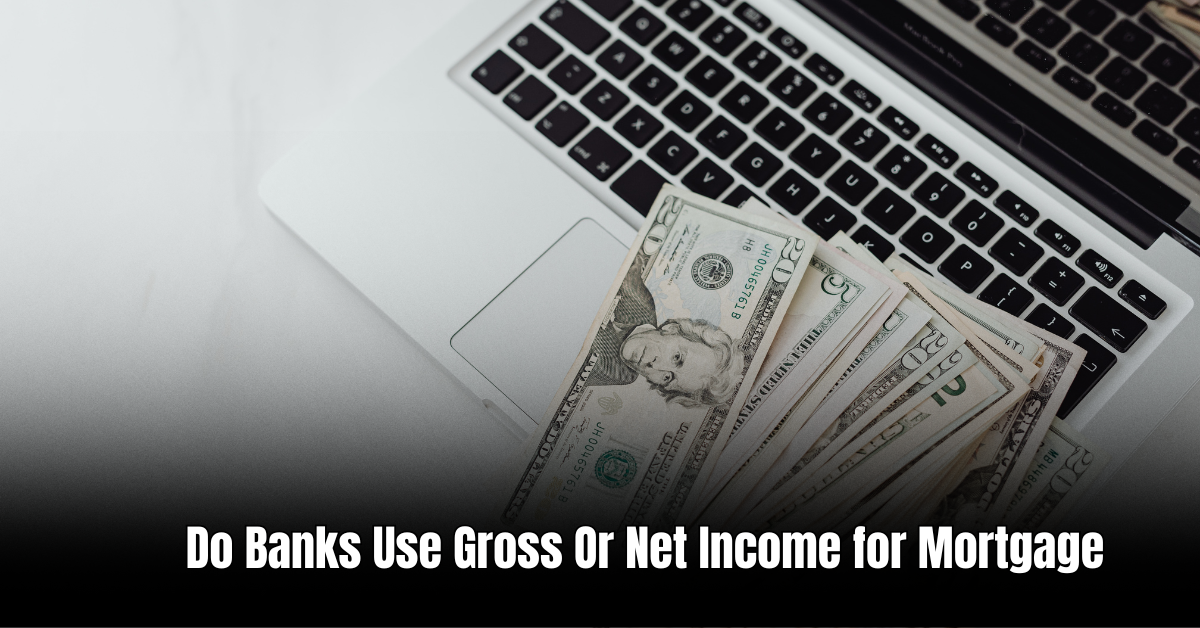When it comes to taking out a mortgage, one of the most important factors to consider is what portion of your mortgage payment goes towards the principal. It’s important to understand this breakdown as it directly impacts how quickly you can pay off your loan and build equity in your home. In this article, we will explain what percentage of your mortgage payment typically goes towards the principal and what factors can affect this percentage. Let’s dive in!
Understanding Principal and Interest
Before we discuss the percentage breakdown, let’s clarify the concept of principal and interest in a mortgage. The principal is the original amount borrowed to purchase a home, while the interest is what your lender charges for borrowing that money. Your monthly mortgage payment typically includes both principal and interest payments, along with other costs such as property taxes and insurance.
The Amortization Schedule
Mortgage loans are usually structured in a way that the payments are spread out over a fixed term, commonly 15 or 30 years. The specific breakdown of principal and interest payments is determined by an amortization schedule, which outlines how your loan balance decreases over time.
At the beginning of your mortgage term, a larger portion of your monthly payment goes towards interest, while a smaller percentage goes towards the principal. As you continue making payments, the interest portion decreases, and more of your payment is applied to the principal, accelerating the equity buildup in your home.
The Percentage Breakdown
The exact percentage breakdown between principal and interest payments varies over time. During the first few years of a mortgage, the majority of your payment typically goes towards interest. As an example, let’s consider a 30-year fixed-rate mortgage for $300,000 at an interest rate of 4%:
| Year | Principal Payment | Interest Payment | Total Payment |
|---|---|---|---|
| 1 | $4,107 | $11,858 | $15,965 |
| 5 | $5,000 | $10,965 | $15,965 |
| 10 | $6,198 | $9,767 | $15,965 |
| 15 | $7,785 | $8,180 | $15,965 |
| 20 | $9,843 | $6,122 | $15,965 |
| 25 | $12,475 | $3,490 | $15,965 |
| 30 | $15,965 | $0 | $15,965 |
From the table above, you can observe that the principal payment gradually increases while the interest payment decreases. By the end of the 30-year term, the principal payment equals the total payment, and no more interest is applied.
Factors Affecting the Percentage
Several factors can affect the percentage breakdown of your mortgage payments. Let’s explore some of the key factors:
- Loan Term: The length of your mortgage term impacts the breakdown. Shorter terms, like 15 years, will have higher principal payments and lower interest payments compared to longer terms.
- Interest Rate: Higher interest rates result in a larger portion going towards interest. Conversely, lower interest rates mean more of your payment goes towards the principal.
- Loan Amount: The larger your loan amount, the more you’ll pay in interest. Smaller loan amounts will have a lower interest payment percentage.
- Extra Payments: Making additional payments towards your principal can help reduce the amount of interest paid over time, resulting in a higher principal payment percentage.
Why This Matters
Understanding the percentage breakdown of your mortgage payment is crucial for several reasons. Firstly, it enables you to budget accordingly and plan for the future. Additionally, knowing the principal and interest breakdown helps you determine the potential savings that can be achieved by paying extra towards your principal.
By applying strategies like making biweekly payments or paying additional lump sums towards your principal, you can reduce the overall interest paid over the life of the loan and potentially shorten the loan term.
In Conclusion
When it comes to understanding what percentage of your mortgage payment goes towards the principal, it’s important to keep in mind that this breakdown changes over time. In the early years, the majority of your payment will go towards interest, while in the later years, more will be applied to the principal.
By considering the factors that influence the percentage breakdown, you can make informed decisions about prepaying your mortgage, ultimately saving on interest and paying off your loan sooner. It’s always a good idea to consult with a mortgage professional to discuss your specific situation and explore the best strategies to build equity in your home efficiently.
Frequently Asked Questions For What Percentage Of Mortgage Payment Goes To Principal? Discover The True Impact!
What Percentage Of My Mortgage Payment Goes To Principal?
Typically, around 30% of your mortgage payment goes towards your principal balance.
Why Is It Important To Understand The Percentage Allocated To Principal?
Understanding this percentage helps you evaluate the progress in paying down your loan.
Can I Increase The Percentage Of My Payment Allocated To Principal?
Yes, making extra payments or refinancing can increase the amount going toward the principal.
How Does The Percentage Change Over Time?
Initially, more of your payment goes towards interest, but over time a larger percentage goes towards the principal.
Ismail Hossain is the founder of Law Advised. He is an Divorce, Separation, marriage lawyer. Follow him.




Leave a Reply